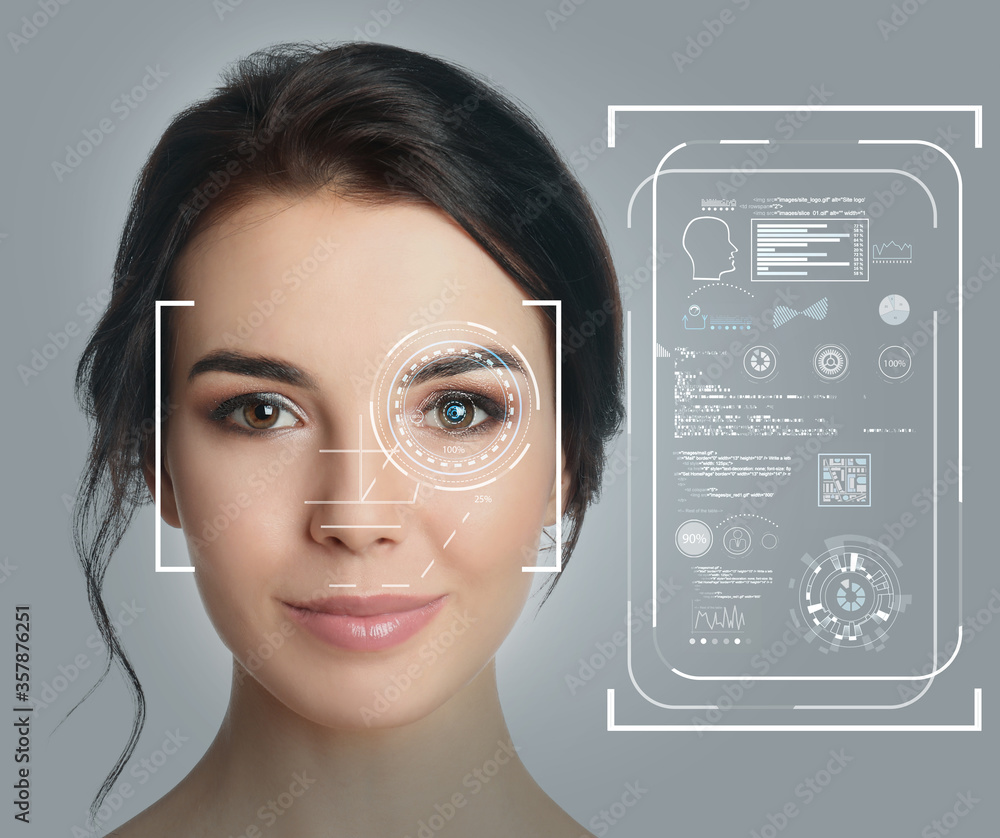Face recognition technology has revolutionized smartphone security, allowing users to unlock devices instantly—without typing a password. But how does your phone recognize your face? Let’s dive into the AI, algorithms, and sensors that power facial recognition technology! 🔐📡
1. What is Face Recognition? 🤖📸
Face recognition is a biometric authentication system that identifies or verifies a person’s identity by analyzing facial features.
✅ Used in smartphones, airports, banking, and law enforcement
✅ Faster & more secure than PINs or fingerprints
✅ Relies on AI, machine learning, and computer vision
💡 Fun Fact: The first facial recognition system was developed in the 1960s but was too slow for real-time use!
2. How Does Face Unlock Work? 🔍📲
A. Image Capture: Taking a Digital Faceprint 📸
When you set up Face ID (iPhones) or Face Unlock (Android), your phone:
🔹 Captures multiple images of your face from different angles 🏗️
🔹 Maps key facial features (eyes, nose, jawline, cheekbones) 📍
🔹 Converts your face into a unique mathematical model 🔢
💡 iPhones use infrared dot projectors to scan your face in 3D, while many Android devices rely on 2D image matching.
B. Feature Extraction & AI Processing 🧠📊
After capturing your face, the system:
🔹 Extracts unique facial features like eye distance, nose shape, and chin structure
🔹 Stores a mathematical model (not an actual photo) in a secure chip 🔐
🔹 Uses AI & neural networks to analyze your face in real time
💡 Machine learning helps face recognition improve over time, even if you grow a beard or wear glasses!
C. Face Matching & Authentication 🔄✅
Each time you unlock your phone:
✅ The camera scans your face within milliseconds
✅ It compares the scan to the stored face model using pattern recognition
✅ If the match score is high enough, your phone unlocks 🔓
💡 Face ID has a 1 in 1,000,000 chance of being fooled—much more secure than a 4-digit PIN!
3. Sensors Behind Face Recognition 📡🔬
Smartphones use advanced hardware to ensure speed and accuracy:
iPhone Face ID (3D Recognition) 🍏
✅ Infrared Camera – Reads 3D depth data, works in the dark 🌑
✅ Dot Projector – Projects 30,000 infrared dots to map your face 📍
✅ Neural Engine – AI chip processes face data in real time ⚡
Android Face Unlock (2D Recognition) 🤖
✅ Uses front camera only (less secure than 3D scans) 📷
✅ Relies on AI-based pattern recognition 🧠
✅ Works faster but can be tricked with photos or deepfakes 😱
💡 Some Android devices (like Samsung Galaxy & Google Pixel) now use 3D facial scanning for better security.
4. Is Face Recognition Secure? 🔐⚠️
While convenient, face recognition has security risks:
❌ Spoofing Risks – 2D face unlock can be fooled by photos 🖼️
❌ Privacy Concerns – Some governments & apps collect face data 📡
❌ AI Bias – Some systems have accuracy issues for darker skin tones 🤔
🔹 Solution? Companies are improving anti-spoofing tech using:
✅ Liveness Detection – Ensures the face is real (blinking detection) 👀
✅ Depth Mapping – Prevents photo-based attacks 📏
✅ Encrypted Face Models – Stores face data securely in hardware 🔒
5. Future of Face Recognition 🚀🔮
The next wave of facial recognition will bring:
🔹 Ultra-fast AI processing – Unlock phones in microseconds ⚡
🔹 Better anti-spoofing – Detects deepfakes & masks 🎭
🔹 Multi-modal biometrics – Combines face + fingerprint + voice authentication 🎙️👆
🔹 Augmented Reality (AR) Integration – Face tracking for gaming & virtual try-ons 🎮🕶️
💡 One day, face recognition might replace passports at airports! ✈️
Conclusion: A Blend of AI, Security & Convenience 🤖🔓
Face recognition technology uses AI, infrared sensors, and machine learning to make unlocking fast and secure. While it has security risks, advancements in 3D scanning and deep learning are making it more accurate and reliable.


